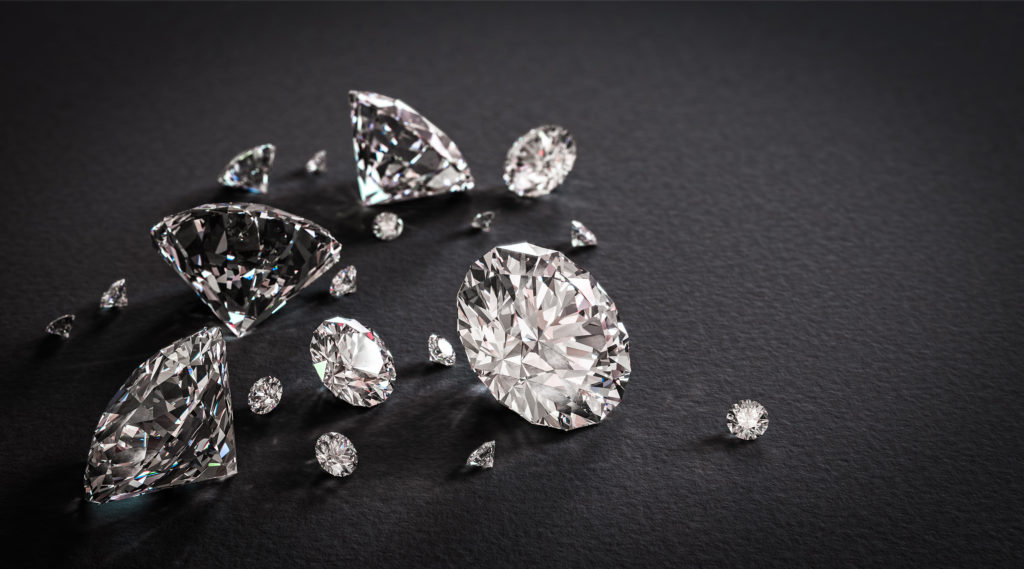The precious stones market is divided inTO two distinctive areas :

While the diamond market is a standardized industry where prices are set weekly by the Rapaport Price List and large cartels (such as De Beers) own both mines and central distribution systems, the colored stone industry is an over-the-counter market constituted of small actors and dominated by the law of supply and demand.
Professional advice is essential to access this type of market, assess a gem’s quality, and help you find the best value for money.
« How important are outside experts who can understand the uniqueness, specialness and rarity of a gemstone? [ …] If you’re thinking of buying a gemstone, you need an advisor who’s seen a lot of stones. He can relate it to specific points of reference that he has seen with his own eyes. I think that’s hugely important. The ruby is a very good example. A pigeon’s blood ruby is not an exact definition of colour. It’s sort of an agreed upon term that the trade uses to describe a particular, very small spectrum of the red end of the colour scale. So you really need to determine if this is a good pigeon blood. The only way you can determine if something is good or exceptional is by mentally comparing it with many other top-quality stones you’ve seen. A laboratory certificate is not going to do that. » « The same is true for coloured diamonds. In my experience, no blue diamond is like another one. A blue diamond can only refer to other blue diamonds. It’s not like any other gemstone. Don’t think a blue diamond is going to look like a sapphire. It’s an entirely different and special colour and gem. We have to stop thinking of particular types of coloured diamonds, particularly blue, pink, as a category of gemstones — they’re individuals. »
Interview originally published on Rapaport Magazine of April 2016 and fully reproduced on www.sothebys.com